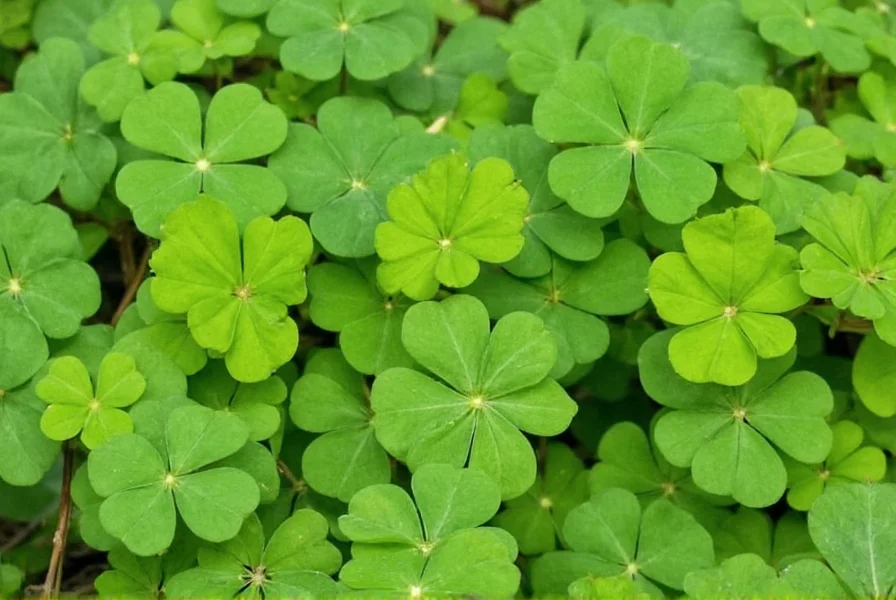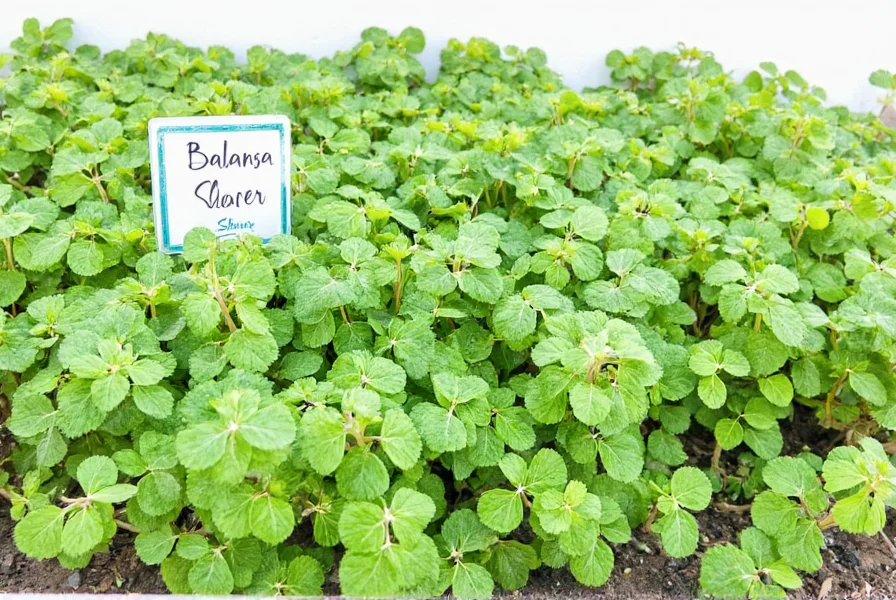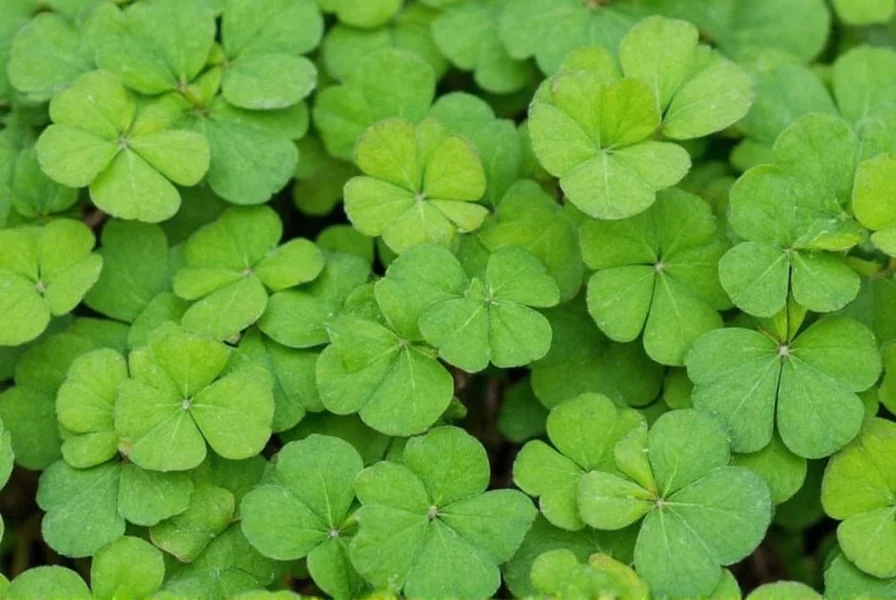Balansa clover has emerged as a game-changer for farmers seeking resilient cover crops that thrive in challenging conditions. This Mediterranean native outperforms many traditional clover varieties with its remarkable tolerance to waterlogged soils and ability to fix substantial nitrogen—up to 200 pounds per acre—without supplemental fertilizers. Unlike crimson or berseem clover, balansa establishes rapidly in the fall, survives moderate winters, and produces impressive spring biomass that suppresses weeds while improving soil structure.
Unique Characteristics of Balansa Clover
What sets balansa clover apart from other legume cover crops? Its distinctive taproot system penetrates compacted soil layers up to 6 feet deep, breaking up hardpans while accessing nutrients unavailable to shallow-rooted plants. The plant's semi-erect growth habit reaches 18-36 inches tall, producing dense foliage that effectively shades out competing weeds. Unlike many clovers, balansa maintains vigorous growth at soil pH levels as low as 4.5, making it ideal for acidic fields where other legumes struggle.

Optimal Growing Conditions
Successful balansa clover cultivation depends on understanding its specific environmental requirements. This cover crop thrives in regions with mild winters and adequate fall moisture for establishment. While it tolerates temporary flooding better than any other clover variety, it performs poorly in arid climates without irrigation. The ideal planting window varies by region:
| Region | Planting Window | Optimal Soil Temperature |
|---|---|---|
| Mid-Atlantic US | September 1 - October 15 | 55-75°F (13-24°C) |
| California | October 15 - November 30 | 60-70°F (16-21°C) |
| Deep South | October 15 - November 15 | 65-75°F (18-24°C) |
Soil Health Benefits
Balansa clover's contribution to soil health extends far beyond nitrogen fixation. Its extensive root system creates natural drainage channels that reduce soil compaction and improve water infiltration. When terminated in spring, the decomposing biomass adds significant organic matter while releasing nitrogen gradually throughout the growing season. Research from agricultural extension programs shows fields planted with balansa clover require 30-50% less synthetic nitrogen for subsequent cash crops compared to fields without cover crops.
Practical Management Strategies
For optimal results when incorporating balansa clover into your crop rotation, follow these evidence-based practices:
- Seeding rates: Use 10-15 pounds per acre when drilling, or 15-20 pounds when broadcasting
- Fertilization: Apply 20-30 pounds of P2O5 and 50-60 pounds of K2O at planting; avoid nitrogen
- Termination timing: Roll or mow at full bloom (80-90% flowering) for maximum biomass and nitrogen contribution
- Termination methods: Use roller-crimpers for no-till systems or incorporate biomass for faster decomposition
Comparing Balansa Clover to Other Legume Cover Crops
When evaluating cover crop options, understanding how balansa clover compares to alternatives helps make informed decisions. While crimson clover offers excellent nitrogen fixation, it lacks balansa's tolerance to waterlogged conditions. Berseem clover establishes quickly but cannot survive freezing temperatures. Hairy vetch provides substantial biomass but requires careful management to prevent it from becoming weedy. Balansa's unique combination of flood tolerance, cold hardiness, and rapid growth makes it particularly valuable for challenging environments where other legumes fail.

Addressing Common Challenges
Despite its many advantages, balansa clover presents some management considerations. The primary challenge involves proper termination timing—too early reduces nitrogen contribution, while too late creates difficult-to-manage residue. In regions with severe winters, selecting cold-tolerant varieties like 'Fixation' or 'Resolute' improves overwintering success. Some farmers report initial establishment issues when planting into heavy residue, which can be addressed by ensuring good seed-to-soil contact through proper planting depth (¼ to ½ inch) and adequate soil moisture.
Integrating Balansa Clover into Farming Systems
Successful integration of balansa clover requires thoughtful planning within your overall crop rotation. The most effective systems plant balansa following summer cash crops like corn or soybeans, allowing the cover crop to establish before winter. In vegetable production systems, it serves as an excellent transitional crop between main seasons. For livestock operations, balansa provides high-quality forage in early spring with protein content reaching 25-30%, though careful grazing management prevents overgrazing before root development completes.
Conclusion
Balansa clover represents a valuable tool for sustainable agriculture, particularly in regions with challenging soil conditions. Its unique combination of flood tolerance, nitrogen fixation capability, and biomass production makes it an increasingly popular choice among forward-thinking farmers. By understanding its specific requirements and management needs, agricultural producers can harness balansa clover's potential to improve soil health, reduce input costs, and enhance overall farm sustainability without compromising future crop yields.
Frequently Asked Questions
How does balansa clover perform in acidic soils compared to other cover crops?
Balansa clover excels in acidic conditions where most legumes struggle, maintaining vigorous growth at pH levels as low as 4.5. This makes it particularly valuable for southeastern US farms with naturally acidic soils, outperforming crimson clover and berseem clover which require pH above 6.0 for optimal growth.
What's the optimal planting depth for balansa clover seeds?
Plant balansa clover seeds at ¼ to ½ inch depth for best results. Shallower planting risks poor seed-to-soil contact, while deeper planting reduces emergence rates. When broadcasting, lightly incorporate seeds using a cultipacker or light disking to ensure proper soil contact without burying seeds too deeply.
Can balansa clover be used as livestock forage?
Yes, balansa clover provides excellent early spring forage with protein content reaching 25-30%. However, graze carefully during establishment—wait until plants reach 6-8 inches tall and avoid grazing below 3 inches to maintain root health. The plant's rapid spring growth makes it ideal for rotational grazing systems.
How much nitrogen does balansa clover typically fix per acre?
Well-established balansa clover stands typically fix 150-200 pounds of nitrogen per acre. Actual contribution varies based on growing conditions, stand density, and termination timing. Maximum nitrogen release occurs when terminated at full bloom stage, providing substantial nutrient benefits for subsequent cash crops.
Is balansa clover suitable for no-till farming systems?
Absolutely. Balansa clover works exceptionally well in no-till systems. Its dense biomass can be terminated using roller-crimpers at flowering stage, creating a thick mulch layer that suppresses weeds and conserves soil moisture. This residue decomposes gradually, providing season-long nitrogen release for the following crop without disturbing soil structure.











 浙公网安备
33010002000092号
浙公网安备
33010002000092号 浙B2-20120091-4
浙B2-20120091-4